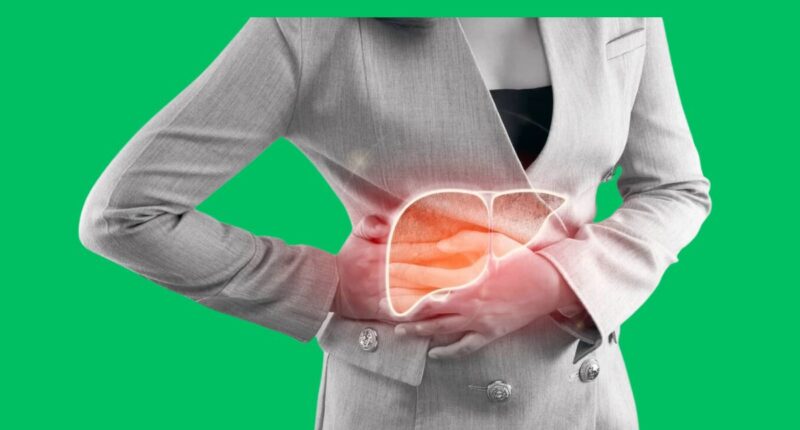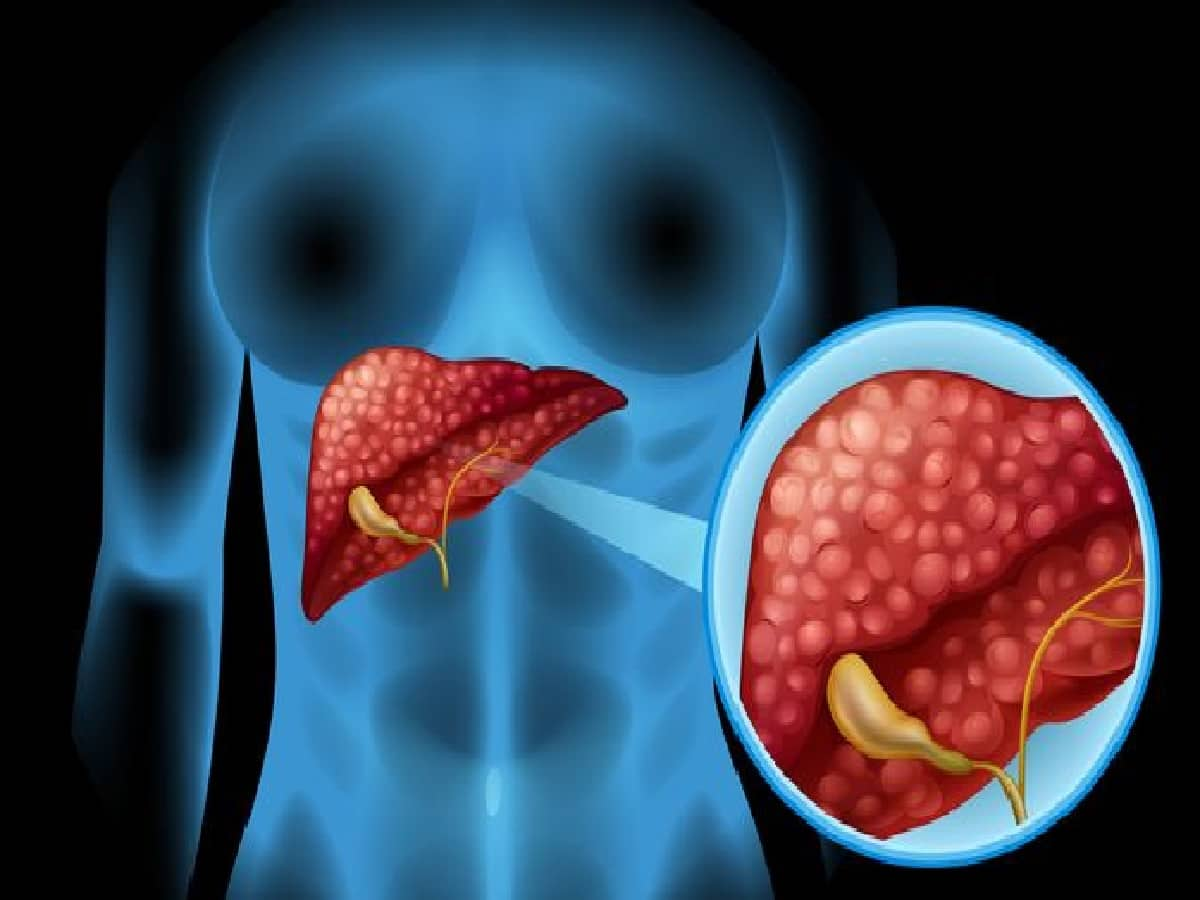7 Most Common Diseases That Damage Your Liver and Prevention – Maintaining optimal liver health is essential for overall well-being. The liver performs numerous vital functions, including detoxification, metabolism, and bile production. When the liver is affected by disease, its ability to perform these functions efficiently becomes compromised, leading to various health issues.
1. Hepatitis

A. Definition and Types
Hepatitis refers to inflammation of the liver. It can be caused by viruses, autoimmune conditions, or alcohol abuse. The most common types of viral hepatitis are hepatitis A, B, and C.
B. Symptoms and Causes
Common symptoms of hepatitis include fatigue, jaundice, abdominal pain, and nausea. Viral hepatitis is primarily transmitted through contaminated food or water, sexual contact, or sharing needles. Autoimmune hepatitis occurs when the immune system mistakenly attacks the liver.
C. Prevention and Treatment
Preventing hepatitis involves practicing good hygiene, getting vaccinated (for hepatitis A and B), and adopting safe sex practices. Hepatitis C can be treated with antiviral medications, while autoimmune hepatitis is managed with immunosuppressants.
2. Cirrhosis
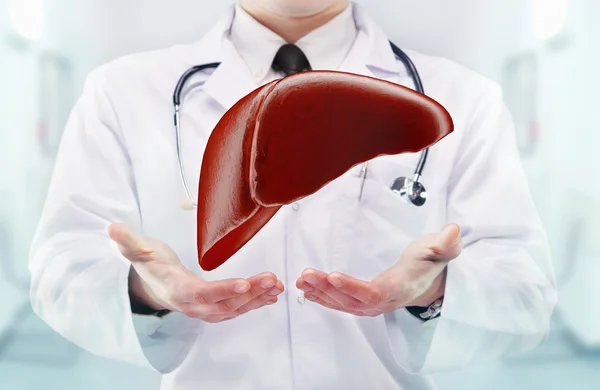
A. Definition and Causes
Cirrhosis is a late-stage liver disease characterized by the replacement of healthy liver tissue with scar tissue. Chronic alcohol abuse, hepatitis infections, and non-alcoholic fatty liver disease (NAFLD) are common causes of cirrhosis.
B. Symptoms and Diagnosis
Symptoms of cirrhosis include fatigue, weight loss, abdominal swelling, and confusion. Diagnosis involves blood tests, imaging studies, and sometimes a liver biopsy to assess the extent of liver damage.
C. Treatment and Lifestyle Changes
While cirrhosis cannot be reversed, treatment focuses on managing complications, such as portal hypertension and liver failure. Lifestyle changes, such as alcohol cessation, a balanced diet, and regular exercise, can help slow down
the progression of cirrhosis and improve overall liver function.
Also read | 12 Diseases You Can Catch Through Sharing Toothbrush
3. Non-alcoholic Fatty Liver Disease (NAFLD)

A. Overview and Risk Factors
NAFLD is a condition characterized by the accumulation of fat in the liver, not caused by excessive alcohol consumption. Risk factors for NAFLD include obesity, diabetes, high cholesterol, and metabolic syndrome.
B. Symptoms and Complications
In its early stages, NAFLD may not present noticeable symptoms. However, as the disease progresses, individuals may experience fatigue, abdominal discomfort, and liver inflammation. Complications can include non-alcoholic steatohepatitis (NASH) and liver fibrosis.
C. Prevention and Management
Preventing NAFLD involves maintaining a healthy weight, following a balanced diet, engaging in regular physical activity, and managing underlying conditions such as diabetes and high cholesterol. Management strategies include lifestyle modifications, such as weight loss, exercise, and dietary changes.
4. Alcoholic Liver Disease (ALD)
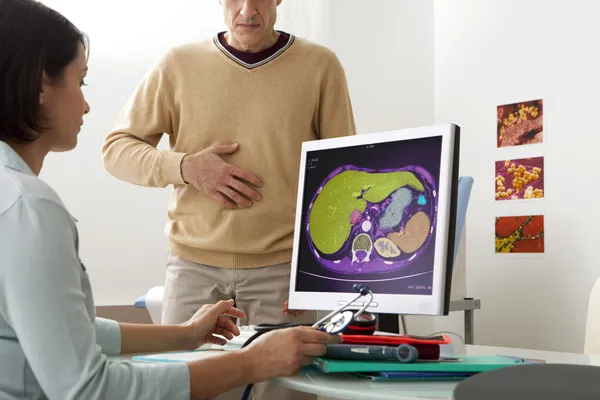
A. Alcohol and Liver Damage
Excessive and chronic alcohol consumption can lead to alcoholic liver disease (ALD). Alcohol is toxic to liver cells and can cause inflammation, steatosis (fatty liver), alcoholic hepatitis, and cirrhosis.
B. Symptoms and Stages of ALD
Symptoms of ALD can range from mild to severe and may include fatigue, abdominal pain, jaundice, and liver enlargement. ALD progresses through three stages: alcoholic fatty liver, alcoholic hepatitis, and alcoholic cirrhosis.
C. Treatment and Support
Treatment for ALD involves alcohol cessation, supportive care, and addressing complications. Support groups, counseling, and medical interventions are available to help individuals overcome alcohol addiction and manage ALD.
Also read | 12 Diseases You Can Catch Through Dirty Body Towel
5. Liver Cancer

A. Types and Risk Factors
Liver cancer can originate in the liver (primary liver cancer) or spread from other parts of the body (secondary or metastatic liver cancer). Risk factors include chronic hepatitis B or C infection, cirrhosis, heavy alcohol use, and certain genetic conditions.
B. Symptoms and Diagnosis
Symptoms of liver cancer may include abdominal pain, unexplained weight loss, jaundice, and swelling. Diagnosis involves imaging tests, blood tests, and sometimes a liver biopsy to confirm the presence of cancer cells.
C. Treatment Options
Treatment options for liver cancer depend on the stage and extent of the disease. They may include surgery, liver transplantation, radiation therapy, chemotherapy, targeted therapy, and immunotherapy.
6. Autoimmune Liver Diseases
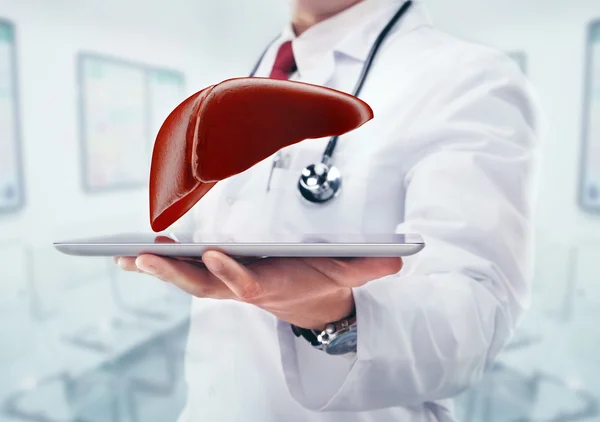
A. Overview and Types
Autoimmune liver diseases occur when the immune system mistakenly attacks the liver. Examples include autoimmune hepatitis, primary biliary cholangitis (PBC), and primary sclerosing cholangitis (PSC).
B. Symptoms and Diagnosis
Symptoms of autoimmune liver diseases can vary but often include fatigue, jaundice, itching, and abdominal pain. Diagnosis involves blood tests, imaging studies, and sometimes a liver biopsy to assess liver inflammation and damage.
C. Treatment and Lifestyle Modifications
Treatment for autoimmune liver diseases aims to suppress the immune system and reduce inflammation. Medications, such as corticosteroids and immunosuppressants, are commonly used. Lifestyle modifications, such as maintaining a healthy weight and avoiding alcohol, may also be recommended.
7. Hemochromatosis

A. Definition and Causes
Hemochromatosis is a genetic disorder characterized by excessive iron absorption and deposition in various organs, including the liver. The excess iron can damage liver cells and lead to cirrhosis and liver cancer.
B. Symptoms and Complications
Symptoms of hemochromatosis can include fatigue, joint pain, abdominal pain, and dark
urine. Complications may include diabetes, heart problems, and liver failure.
C. Management and Prevention
Management of hemochromatosis involves regular blood removal (phlebotomy) to reduce iron levels. Dietary changes, such as avoiding iron-rich foods and alcohol, may also be recommended. Early diagnosis and treatment are crucial to prevent long-term complications.
FAQs
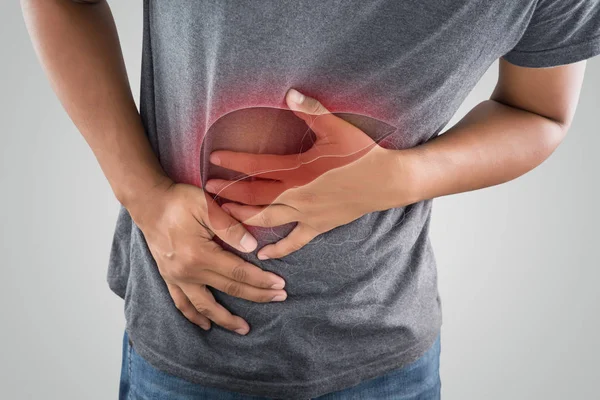
Can liver diseases be hereditary?
Yes, certain liver diseases, such as hemochromatosis and some forms of autoimmune hepatitis, can have a genetic component.
Are liver diseases reversible?
The extent of reversibility depends on the specific liver disease and the stage at which it is diagnosed. Early detection and appropriate treatment can help prevent further damage and improve liver function.
How can I keep my liver healthy?
To keep your liver healthy, maintain a balanced diet, exercise regularly, avoid excessive alcohol consumption, practice safe sex, get vaccinated against hepatitis, and limit exposure to toxins and harmful chemicals.
What role does diet play in liver health?
A healthy diet plays a vital role in maintaining liver health. It is recommended to consume a variety of fruits, vegetables, whole grains, lean proteins, and healthy fats while minimizing processed foods, saturated fats, and added sugars.
Are there any natural remedies for liver diseases?
Some natural remedies, such as milk thistle, turmeric, and green tea, are believed to have potential benefits for liver health. However, it is important to consult with a healthcare professional before using any natural supplements or remedies.
